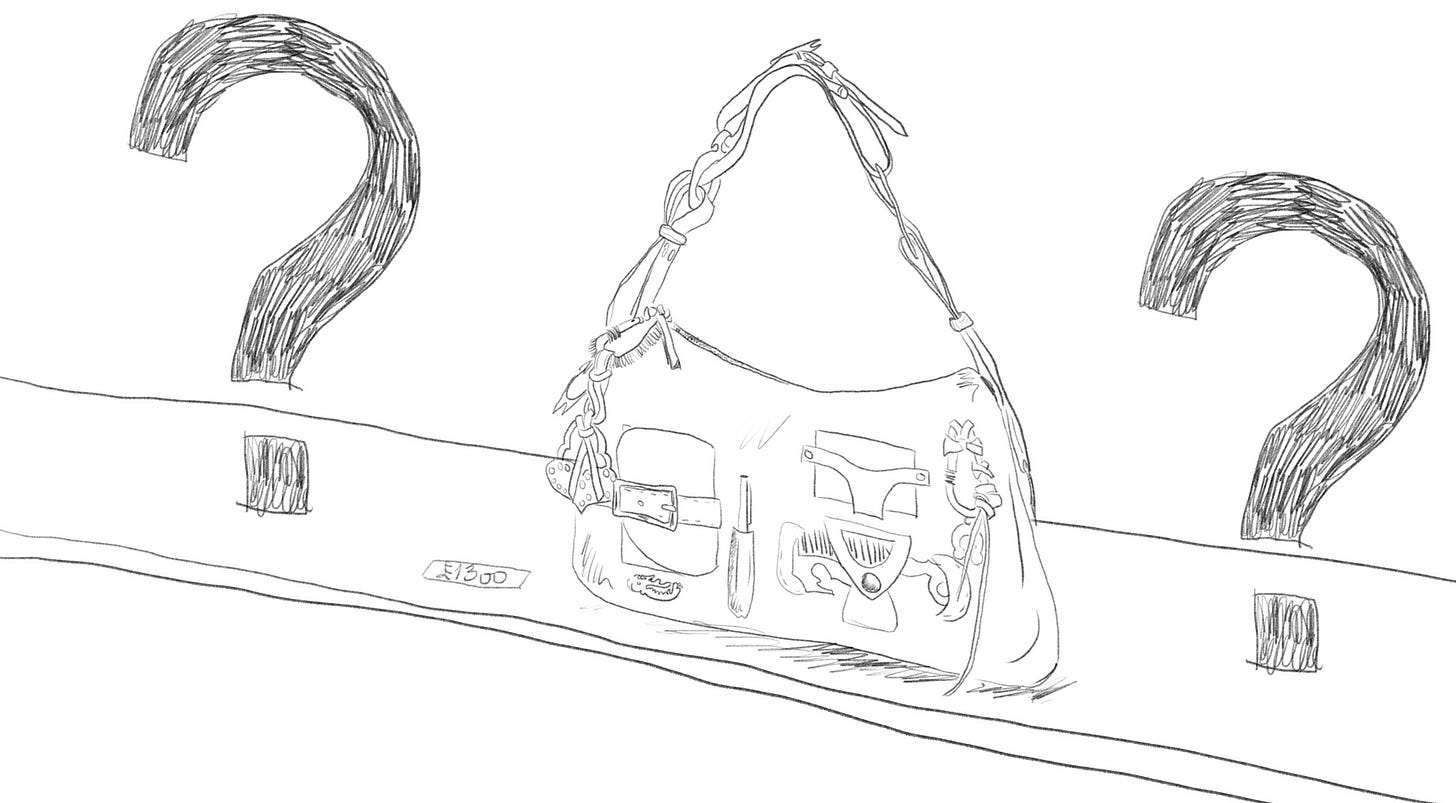What Fashion Buyers Want Emerging Designers to Know
“Turn it into a cult” – Advice on navigating fashion retail
As we’re sure you’ve heard by now, the fashion retail industry is in a major state of flux. Despite being one of the largest industries in the world in terms of revenue, the last year has seen many retailers announce their losses, reduce operations or shut down entirely. Though there has been a slew of exciting new platforms emerging – both Sensoria and UPPFIRST aim to reinvent the retail “wheel” by offering designers new modes of selling their products – in a post-pandemic world riddled by the cost-of-living crisis, folks are simply shopping less. And really, who can blame them?
It’s predicted that fashion will continue to face economic uncertainty in the coming years – mainly due to subdued economic growth, persistent inflation and weak consumer confidence – meaning wholesale outlets will continue to stand on shaky ground, which trickles down throughout the industry. Unfortunately, this often means unfavourable payment terms for designers, little flexibility on orders and delivery windows, and, more and more often, late payments that can result in a never-ending cycle of cash flow issues. While big fashion houses and established brands may be able to take the hit during this period of flux, the current retail landscape poses many challenges to young independent brands. Mainly, if stores are struggling, they are less likely to take on new designers that may or may not sell through in order to minimise risk.
“With the challenges we currently face in the market, risk-taking must be considered more than ever,” Reece Crisp, buyer and creative director of London-based luxury shop LN-CC, explains. “We will be looking to onboard less brands for 2025.” This ‘less is more sentiment’ is echoed by buyer Costanza Lombardi. When asked roughly how many new, independent and emerging designers she’s working with, she said: “I would like to take some distance from this kind of reasoning that has informed buying for the past few years. It doesn’t matter how many new labels I can bring on board, but which ones and why. We need to choose so that we can better tell their stories.”




